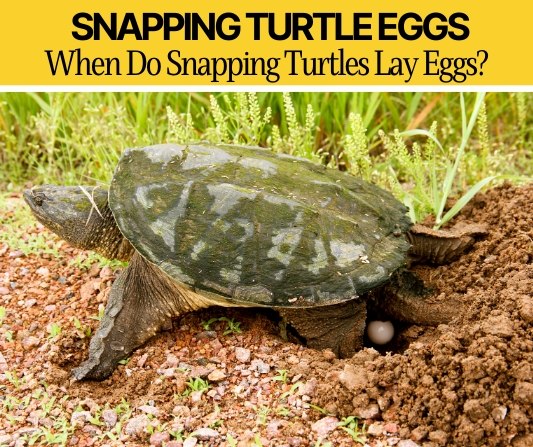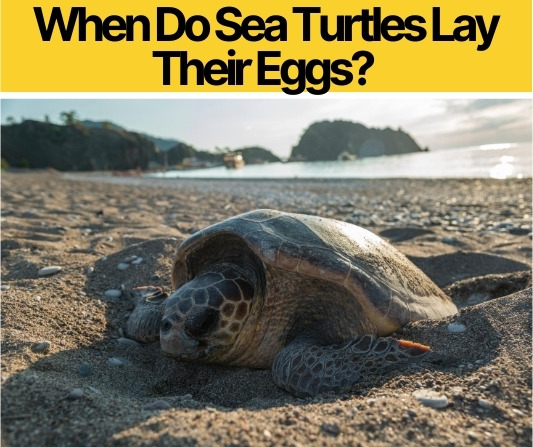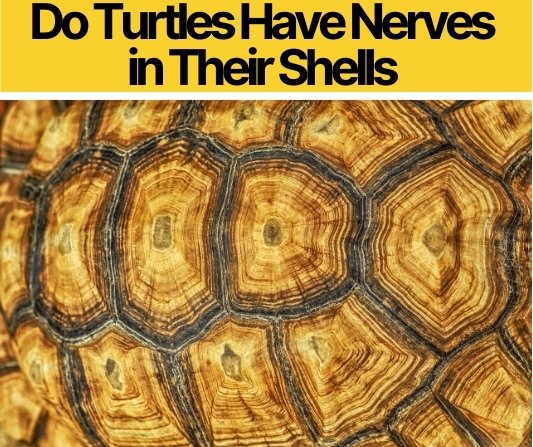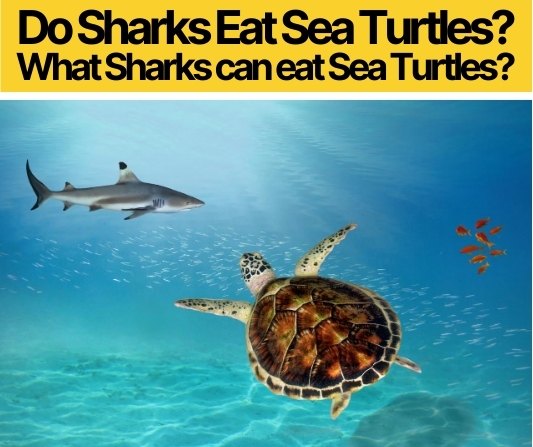 I recently read an article about a shark who died choking on a sea turtles shell. The article mentioned that this is an uncommon occurrence, but the article still got me thinking.
I recently read an article about a shark who died choking on a sea turtles shell. The article mentioned that this is an uncommon occurrence, but the article still got me thinking.
Do sea turtles have a lot of enemies in the wild and are sharks one of them? Do sea turtles have a way to protect themselves in the wild from enemies?
Can sharks actually eat sea turtles? If sharks can eat sea turtles, are they something that sharks actually want to eat?
Do Sharks Eat Sea Turtles?
Sharks do Eat Sea Turtles, Great white sharks and Tiger sharks are known to be the biggest enemies for Sea turtles. Generally, the smaller the turtle, the more species of sharks there are that can hunt & eat them as a meal.
Sea turtles do have many natural enemies including sharks. Whether a sea turtle is a hatchling, juvenile turtle, or an adult turtle greatly affects the number of enemies a sea turtle has, as well as the type of enemies they will encounter. As adults Leatherhead turtles average around eight feet, Loggerhead turtles and green turtles average six feet, flatback and hawksbill average four feet, and the Kemp’s Ridley and Olive Ridley turtles average two feet. As hatchlings, sea turtles are commonly around the same size though. This makes them all pretty appetizing game for almost any type of shark.
Can Sharks Bite Through A Sea Turtles Shell?
Yes, some sharks can bite through a sea turtles shell, but not all of them. Large sharks like the Great White Shark and the Tiger Shark can bite through a sea turtles shell. Some smaller sharks, that cannot bite through the shell, will attack a sea turtles’ fins and neck, eating much of the exposed body of the turtle, while leaving behind the shell and innards. Though this occurrence is more rare and smaller sharks will target more size appropriate meals if they are available before taking such drastic actions.
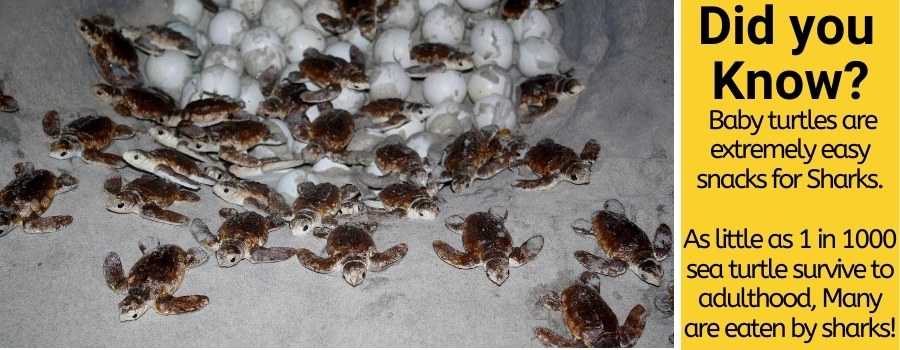
What Sharks can eat Sea Turtles?
Let’s see which of the most common sharks would be able to eat sea turtles and if they are their greatest enemy.
Do Great White Sharks Eat Sea Turtles?
Yes, Great White Sharks do eat sea turtles. In fact, they are the most common and largest enemy of the sea turtle, especially once they have reached adulthood. Great White sharks are so large and powerful that they can bit through a sea turtles shell. While all sharks will commonly go after a sea turtles’ fins first, a Great White shark can easily bite through the turtle’s shell and injure the sea turtle that way enough to make them an easy prey to debilitate and then consume rather quickly.
Do Tiger Sharks Eat Sea Turtles?
Yes, Tiger Sharks also eat sea turtles. Tiger Sharks are up there with Great White Sharks on the list of enemies for sea turtles. Tiger Sharks are smaller than the Great White Shark, however they are still the second most common shark to eat sea turtles. Tiger Sharks are better known for going after a sea turtles’ fins to disable them and limit their ability to escape before going in for the kill. With such assertive hunting tactics that Tiger Shark doesn’t discriminate on the types of turtles they go after based on their size.
Do Hammerhead Sharks Eat Sea Turtles?
Hammerhead sharks do eat some sea turtles. However, they tend to go after sea turtles like the Olive Ridley, Kemp’s Ridley, Hawksbill, and Flatback. The hammerhead shark has a tenancy to eat foods that are the size of a small to average stingray, while avoiding larger meals. Which means Hammerhead Sharks tend to go after sea turtles like the Olive Ridley, Kemp’s Ridley, Hawksbill, and Flatback which all range between two and four feet in length.
Do Reef Sharks Eat Sea Turtles?
No, Reef Sharks do not typically eat sea turtles. Reef Sharks prefer to eat things the size of the typical hamburger or smaller. This means that adult and juvenile sea turtles are completely off of the menu for Reef Sharks. The Reef Shark is known to occasionally eat sea turtle hatchlings though.
Do Sharks Eat Baby Sea Turtles?
Baby turtles are a high protein, bite sized snack for any shark. In fact, because of their small size almost any type of shark will eat sea turtle hatchlings. It is made easy for sharks because hatchlings bodies have not completely hardened so they are soft, high in protein, and easily eaten, even by small sharks.
The vast number of enemies that sea turtles have as hatchlings and juvenile sea turtles means that very few make it to full maturity as adult sea turtles. In fact, the estimate is that between one and every thousand sea turtles to one in every ten thousand sea turtles survive all the way to adulthood. With so many enemies to gobble them up along the way, its little wonder that only seven species of sea turtles are alive today and most are endangered.
Do Sea Turtles Have Enemies Other Than Sharks?
Sea turtles have many enemies when they are young, which dwindle as they grow to adulthood. As hatchlings, sea turtles first predators are most often land animals and birds. The most common enemies a sea turtle will meet on land as a hatchling include birds that are meat eaters or that eat both plants and meat, such as gulls and vultures. Meat eating animals like domestic and wild dogs, foxes, coyotes, wild pigs, reptiles, snacks, and scavenger animals like racoons and opossums are all threats to baby sea turtles as they hatch and head for the ocean as well.
Once they are in the ocean, in addition to sharks, baby turtles have to keep an eye out for meat eating fish, dolphins, whales, octopus, crabs, otters, seals, and sea lion. Their small size and soft bodies make they easy pray for most meat-eating animals in the ocean. As they grow, those enemies change and become fewer. By the time they reach adulthood, most sea turtles only need to worry about large sharks and the occasional orca whale as their only remaining enemies.
How do Sea turtles avoid Sharks? Can Sea Turtles Protect Themselves?
As hatchlings on land, there is extraordinarily little a sea turtle can do in the way of protecting themselves. The only real defense strategy that hatchlings have is their instinct to dig out of their nest chamber together and head to the ocean in a group. By moving as, a group to the ocean, this allows some of the sea turtle babies to actually make it to the sea, while others are picked off by predators.
Once hatchlings actually make it into the ocean, they still have a whole lot of enemies ahead of them. Being able to swim fast enough to evade some of their enemies is one of the only real defenses that hatchlings have. They are exceedingly small, and their shells have not fully hardened so they cannot utilize those protections yet from sharks or other predators.
As sea turtles grow ,their shells harden and their bodies take on a tough exterior layer. Leatherback sea turtles are the only sea turtles whose shells do not fully harden, but they are the largest sea turtle which works in their favor to protect them from all but the largest of ocean enemies including sharks.
In addition to their hard shells and tough bodies, sea turtles can also swim amazingly fast because of their fin shaped legs and their slim vertical bodies. Additionally, sea turtles are lucky in having the unique skill of being able to swim through the water horizontally on their sides. This skill is useful because it makes an exceptionally large surface area that is hard for their enemies to bite or even get their mouths around.
Their inability to pull their limbs and head into their shells like land turtles is a draw back. Yet, sea turtles are able to use their bodies to blend into the sea floor, rock formations, and coral reefs to hide from their enemies as a form of protection as well.
Sea Turtles and Sharks
All-in-all yes, some sharks do eat sea turtles, but not all of them. Most commonly, the Great White sharks, Tiger sharks, and some Hammerhead sharks eat sea turtles. Sea Turtles have a lot of enemies when they are born both on land and in the ocean, but the few that are able to survive to adulthood are lucky enough to have very few natural enemies left. Their bodies have the vulnerability of not being able to hide in their shell, but their slim features, tough skin, shell, and fins, paired with their abilities of side swimming, blending into their environment, and of course their speed and agility in swimming all help them to survive the few enemies they are left with.



